|
When you next visit (or first visit) Spain, might we make a humble suggestion? As you’re ordering your fancy paella or ham (i.e., jamon iberico) – worrying about whether or not the waiter will understand your mangling of the Spanish language – make sure you don’t get too anxious and forget to order a glass of vermut. This is not a misspelling, but the way those clever Spaniards spell the more well-known ‘vermouth’ of French and Italian fame. “But isn’t that more of a mixer for a Manhattan or a martini?” you might ask. In the case of French or Italian vermouth, you would be correct, but not so for vermut. We discovered this purely by chance. We had planned to try some of the more unusual drinks that the East Coast of Spain had to offer. Our list included Mistella (i.e., a sweet muscat wine where the inclusion of alcohol is used to stop fermentation and keep the natural sugars available) and Frigola de Tomillo (i.e., a liqueur with dominant flavors of thyme, of all things). We found neither of these tipples in the first bar we went into, but lots of signs for vermut. When in doubt, follow the locals, and our conception of vermouth was forever changed. How is Spanish vermut different from French and Italian vermouths? We enjoy regular vermouth, and always keep at least two bottles in the fridge. However, we primarily use it in cocktails. Vermut, on the other hand, is rarely mixed, and is much easier to drink. We’ve heard that the Spanish have a philosophy of “a little bit, a lot of time”. This goes not only for tapas, but for vermut as well. It’s not uncommon to slowly drink a glass here, a glass there, as you meander your way through several local tapas bars. This would probably be more difficult with French or Italian vermouth. The Spanish stuff is much more drinkable, but it’s hard to pick out the reasons why. Both red vermouth and the many shades of Spanish vermut are sweet and have some nice herbal complexity, but there’s something about vermut that makes you want to imbibe more and more. Maybe it’s the freshness of the herbs or the fact that some manufacturers only use grape sugar for sweetness, but this is a special drink we could (and did) drink all day - very slowly, of course.
The Composition of Vermouth As with most boozes, there are some rules you have to follow to warrant a name. Vermouths and vermuts must:
Other than these rules, the sky’s the limit. The Spanish varieties are uniformly sweet (i.e., semi- sweet to dessert-y sweet). They are also very herbal-y. The white ones, being more delicate, are flavored with flowers, herbs, and anise whereas reds give up bolder flavors of roots and seeds. One varietal we had mixed gentian root to augment the wormwood bitterness. Vermut also comes in three broad colors: white, orange, and red. While hiking around a castle one day, we found little café that served all three (!!!). Our server looked at us very strangely when we ordered the full menu, but we did get to do an impromptu tasting while looking at the historical scenery. How to enjoy
Note: In part II of this series, we will describe a tour to one of the most famous producers of Spanish vermut.
0 Comments
Nick-named “The King of Wines” and “Wine of Kings”, tokaj aszú once filled the posh glasses of royalty and aristocrats all over Europe. Sadly, many wine snobs today haven’t ever had, or maybe even heard of this very special wine from northern Hungary. Hungarian wine? Are you joking? Before we started travelling, we didn’t know much about Hungary except for goulash, paprika, and the inimitable Bela Lugosi. But this one fact is true: Hungary makes some of the best white wines in the world. Learning this was extremely upsetting. All those bottles we could have finished had we known sooner. Youth is truly wasted on the young… Tokaj aszú is a VERY special wine. More posts on it will be coming, so we’ll be brief here. The base of this wine consists of some dry local varietals (e.g., Furmint, Hárslevelű, and Sárga Muskotály). To this is added grapes who have “the noble rot” (i.e., botrytis cinerea). This is a gentle way of saying that these poor grapes got infected with a special mold which caused them to shrivel up. As the grapes are affected by this wrinkly fungal shrinkage, the flavors and sweetness intensify. Having sampled some straight off the vine, let us assure you that the taste is extreme. Then, when all is ready, the master Hungarian winemakers mix baskets (i.e., puttonyos) of these moldy little raisins into the dry wine base. The more puttonyos listed on the bottle (i.e., usually 3-6) the more of that sweet funky raisin action can be found. If you can imagine a more intense French sauternes, you are getting in the general ballpark of the flavor of tokaj aszú We were on holiday in Teplitz, which is a beautiful spa town in northern Czech Republic, when we came up with this recipe. It is a beautiful town, and famous for two geniuses meeting there for the first time: Goethe (of Faust fame) and none other than Ludwig von Beethoven. They met, strolled about the town, and had lovely chats. So, it was in this locale (and running low on tokaj aszú) that we decided to turn tokaj aszú into a cocktail. Some may call this heresy, but it seemed like a good and reasonable idea at the time. The flavor is so intense, though, that it took a bit of trial and error. We eventually hit on the “simple is better” approach and formulated this recipe for what we shall call an Hungarian Kiss. Hungarian Kiss Recipe
Two boozes. That’s it. Is it even a cocktail? When you have two genius ingredients, who cares? After all, Beethoven and Goethe were able to have a great time walking around Teplitz and chatting about whatever the hell two world-class geniuses talk about. They certainly didn’t need a third wheel cocking-up the conversation, and this drink certainly doesn’t need any silly lemon wedge or mummified cherry. Enjoy! Tasting Notes This drink is sparkling liquid sunshine. Though simple to make, it tastes sophisticated, almost celebratory. This a good drink to whip out when you’re trying to impress a date or celebrate something special. The acidity of the aszú blends extremely well with the dry champagne. To our taste buds, it seems to make the acid even more complex and lingering on the tongue. The bubbly also cuts some the pronounced sweetness of the aszú and morphs this into a far-too-easy-to-drink libation with hints of honey, apricot jam, mild pineapple, and maybe even a bit of saffron. A plus to this recipe is that you can make the admittedly spendy bottle of tokaj aszú stretch a bit further and keep enjoying it. NOTE: If you have a hard time finding tokaj aszú, you might have some luck at Total Wine and More in the US or either Sainsburys or Waitrose supermarkets in the UK. "Commotion lotion"... "Wreck the hoose juice"... The infamous Buckfast Tonic Wine has gone by several popular names over the years. Formulated by Benedictine monks in beautiful Devon (UK) this holy libation with an unholy reputation is 15% ABV with about 45 grams of caffeine per every wine glass. No, that is not a typo… Tasting Notes
When cold, it tastes of sweet cherry cough drops, orange, apricot pits, and gummy bears with a powerful burst of artificial vanilla. It also has a strange, but not unpleasant, bitterness that could be chemical caffeine but we don’t care enough to check. As it warms you get a bit of a hint of barnyard funk and it begins to become less palatable over time. Though marketed as a fortified wine, it tastes like it is probably some sort of grape must that has been fortified with a high proof spirit. Cheap and sort of fun to drink (i.e., better than most reviewers would imply), we wouldn't recommend it too close to bedtime. It’s also fun for its “ned” (i.e., Scottish gopnik) associations. We will try it in cocktails in the near future. |
Categories
All
Archives
March 2025
|

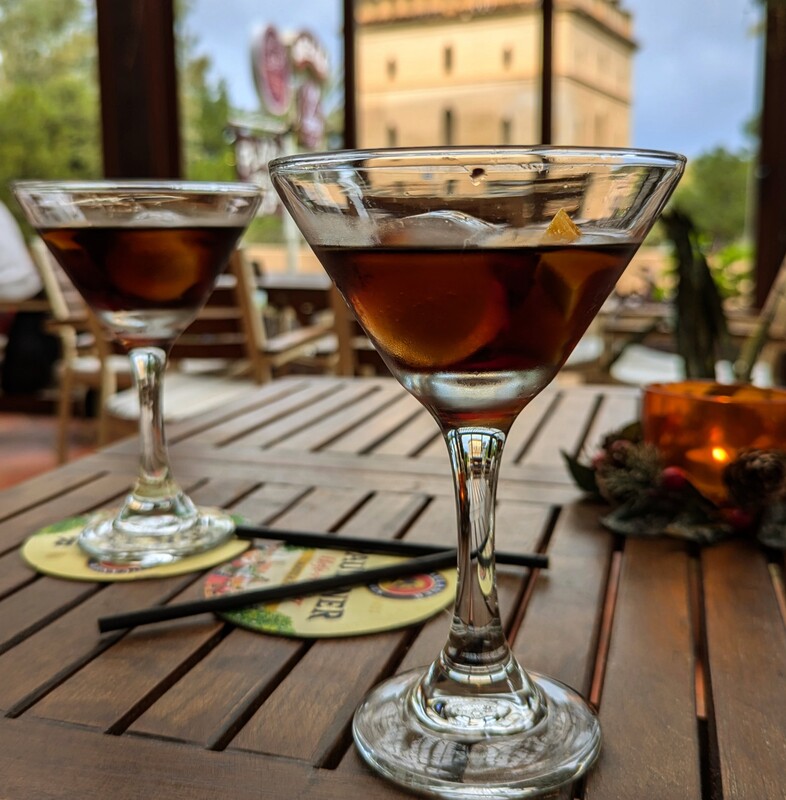
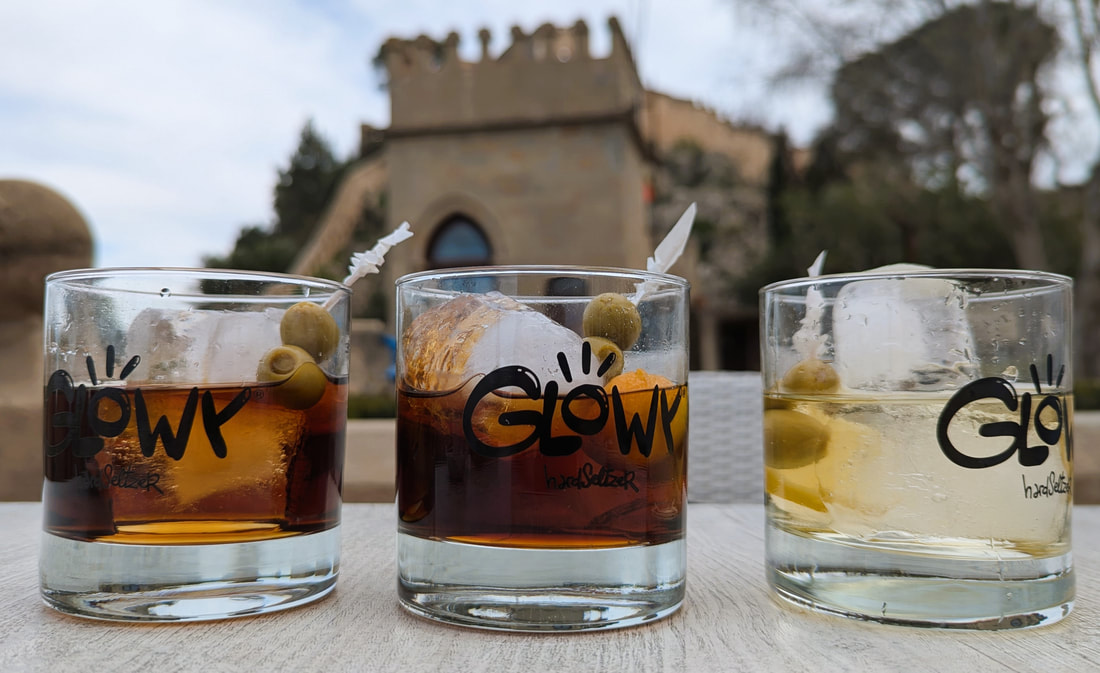
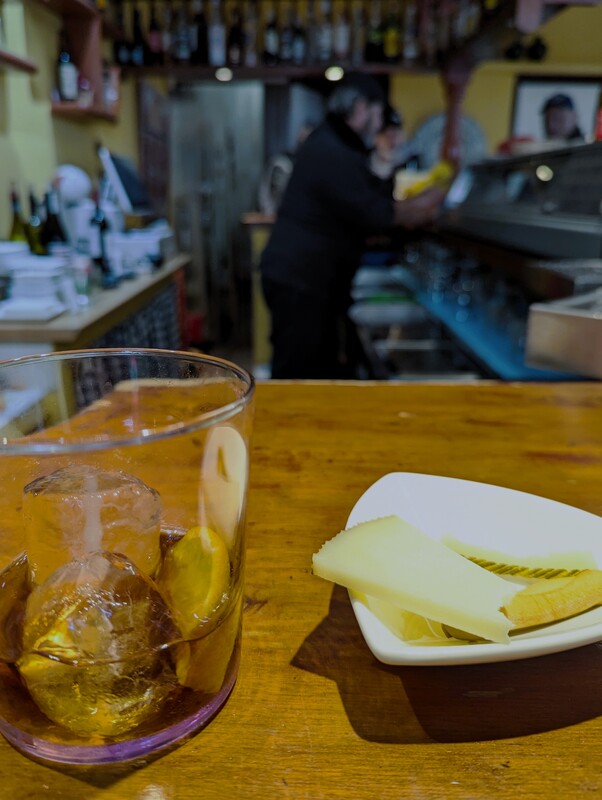
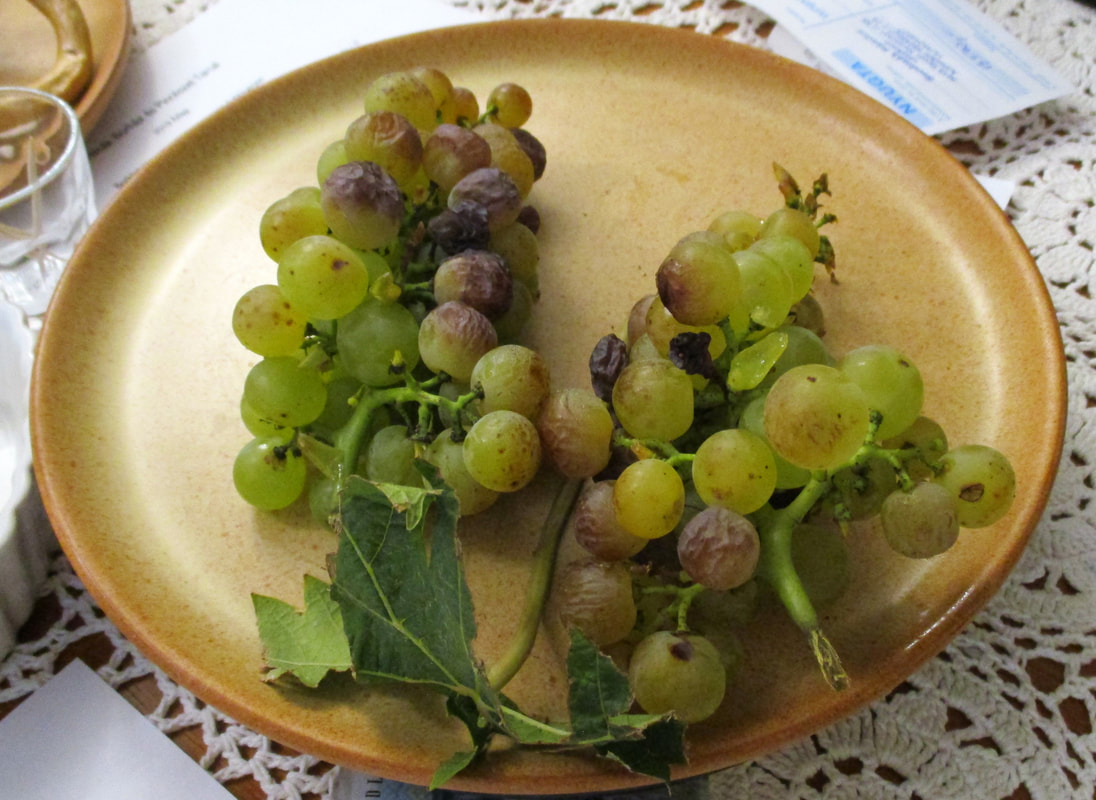
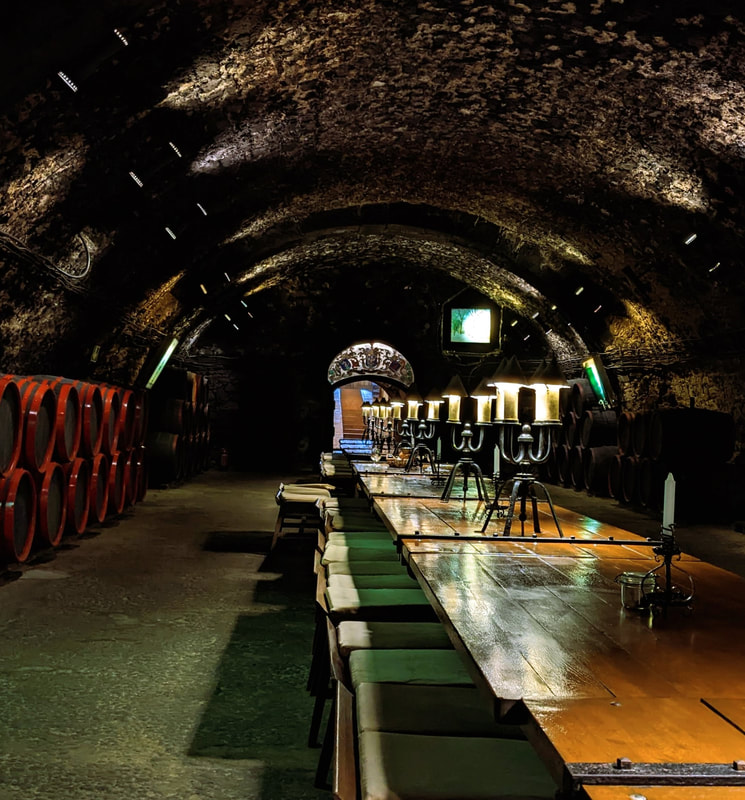
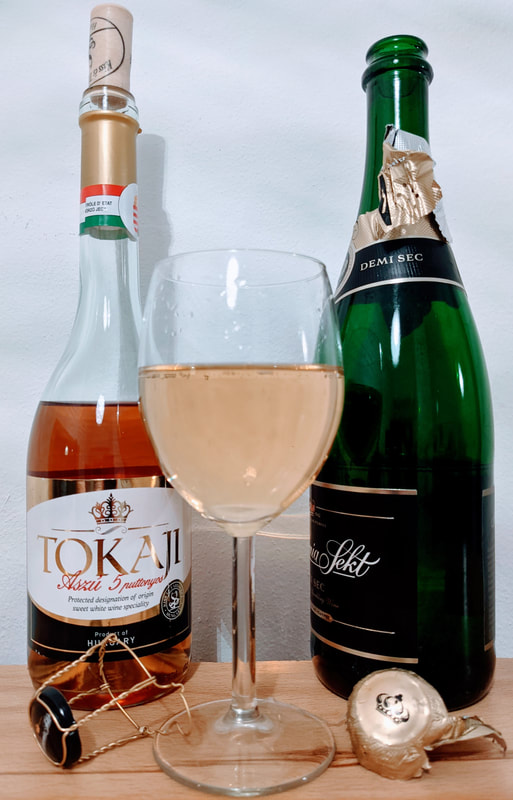
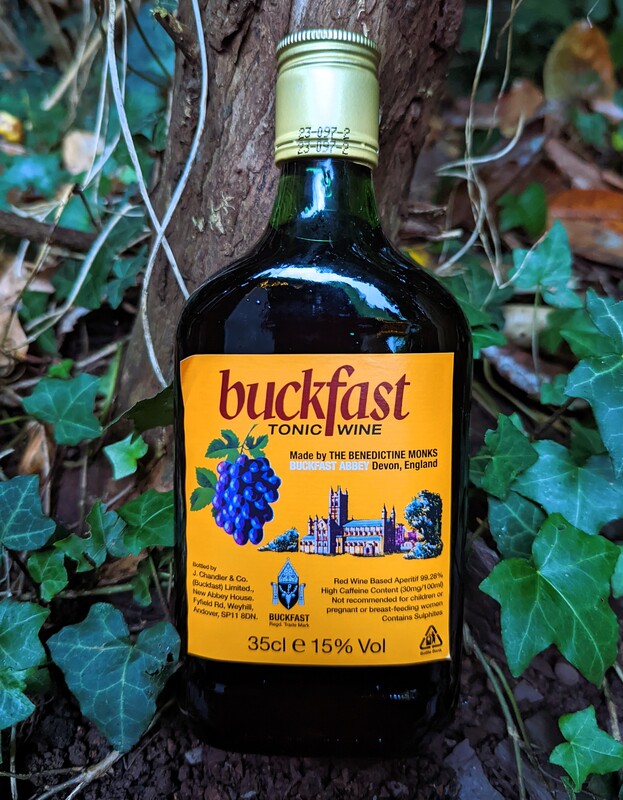

 RSS Feed
RSS Feed